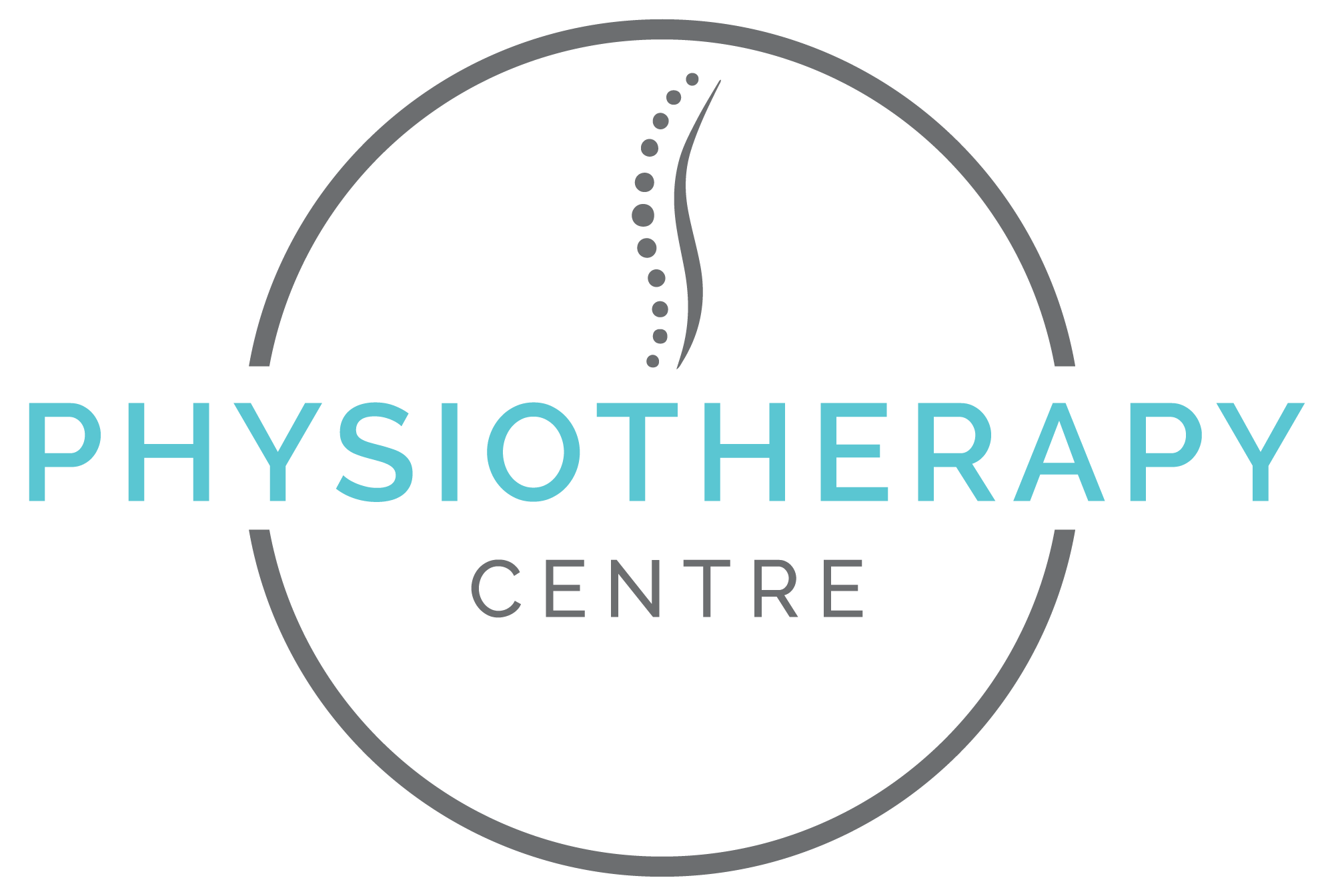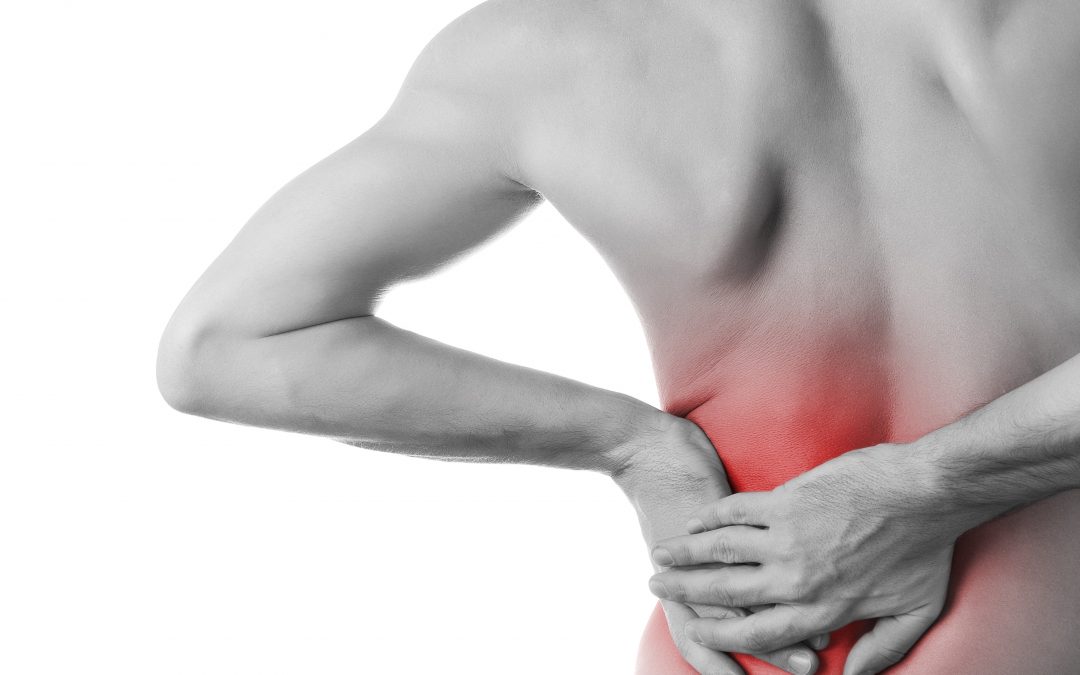Dúirt bean liom go ndúirt bean léi. (Irish, ‘a woman said to me that a woman said to her’). A term used in Hiberno-English to mean gossip or hearsay, especially of an unreliable nature.
This blog post addresses low back pain, one of the most common issues we see here in The Physiotherapy Centre. Low back pain can be a very scary condition for people, much of this can be associated with common beliefs around it. This blog hopes to address with help from the latest up to date research from some of the world’s leading Physios. At the very end there are two YouTube links to follow on, and stories from real patients that have experienced low back pain.
Taken from O’Sullivan PB, Caneiro J, O’Sullivan K, et al Back to basics: 10 facts every person should know about back pain – British Journal of Sports Medicine 2020;54:698-699.
1. “Persistent back pain can be scary, but it’s rarely dangerous.
Persistent back pain can be distressing and disabling, but it’s rarely life threatening and you are very unlikely to end up in a wheelchair.
2. Getting older is not a cause of back pain.
Although it is a widespread belief and concern that getting older causes or worsens back pain, research does not support this, and evidence-based treatments can help at any age.
3. Persistent back pain is rarely associated with serious tissue damage.
Backs are strong, if you have had an injury, tissue healing occurs in the first three months, so if pain persists past this time, it usually means there are other contributing factors, A lot of back pain begins with no injury or with simple everyday movement. These occasions may relate to stress, tension, fatigue, inactivity or unaccustomed activity which make the back sensitive to movement and loading.
4. Scans rarely show the cause of back pain.
Scans are only helpful in a minority of people. Lots of scary-sounding things can be reported on scans such as bulges, degeneration, protrusions, arthritis etc. Unfortunately, the reports don’t say that these findings are very common in people without back pain and that they don’t predict how much pain you feel or how effected you are. Scans can also change, and most disc prolapses shrink over time.
5. Pain with exercise and movement doesn’t mean you are doing any harm.
When pain persists, it is common that the spine and surrounding muscles become really sensitive to touch and movement. The pain you feel during movement and activities reflects how sensitive your structures are – not how damaged you are. So it’s safe and normal to feel some pain when you start to move and exercise. This usually settles down with time as you get more active. In fact, exercise and movement are one of the most effective ways to help treat back pain.
6. Back pain is not caused by poor posture.
How we sit, stand and bend does not cause back pain even though these activities may be painful. A variety of postures are healthy for the back. It is safe to relax during everyday tasks such as sitting, bending and lifting with a round back – in fact, it’s more efficient.
7. Back pain is not caused by a ‘weak core’.
Weak ‘core’ muscles do not cause back pain, in fact people with back pain often tense their ‘core’ muscles as a protective response. This is like clenching your fist after you’ve sprained your wrist. Being strong is important when you need the muscles to switch on, but being tense all the time isn’t helpful. Learning to relax the ‘core’ muscles during everyday tasks can be helpful.
8. Backs do not wear out with everyday loading and bending.
The same way lifting weights makes muscles stronger, moving and loading make the back stronger and healthier. So activities, like running, twisting, bending, and lifting, are safe if you start gradually and practice regularly.
9. Pain flare-ups don’t mean you are damaging yourself.
While pain flare-ups can be very painful and scary, they are not usually related to tissue damage. The common triggers are things like poor sleep, stress. Tension, worries, low mood, inactivity or unaccustomed activity. Controlling these factors can help prevent exacerbations, and if you have a pain flare-up, instead of treating it like an injury, try to stay calm, relax and keep moving!
10. Injections, surgery and strong drugs usually aren’t a cure.
Spine injections, surgery and strong drugs like opioids aren’t very effective for persistent back pain in the long term. They come with risks and can have unhelpful side effects. Finding low-risk ways to put you in control of your pain is key.”
So what can The Physiotherapy Centre do for me and my back pain?
As Chartered Physiotherapists we can work with you to identify what may be causing your pain. We will screen you for anything serious that may be going on and refer you to the appropriate services if needed. We will create a plan individualised to you to get you back safely moving and giving you the ownership of your rehabilitation.
Research into different rehabilitation strategies for low back pain have found that there are several effective treatments, so it’s about finding what suits you best.
Want to see more?
Check out this video from Pain-Ed.com;
https://www.youtube.com/watch?v=Hif5Cxikdmo
And stories from the patients that brought you those facts:
https://www.youtube.com/watch?v=puj06Wls1pM
A follow-up blog will look into what the Do’s and Don’ts for back pain are and also take a look at what are the best options regarding to treatment.


Recent Comments